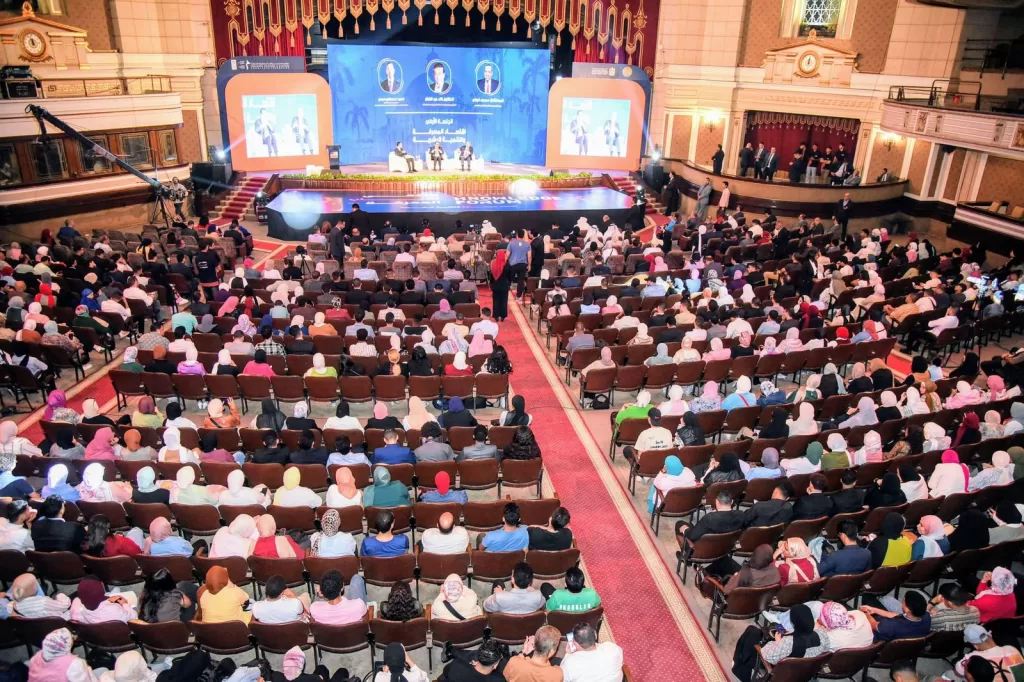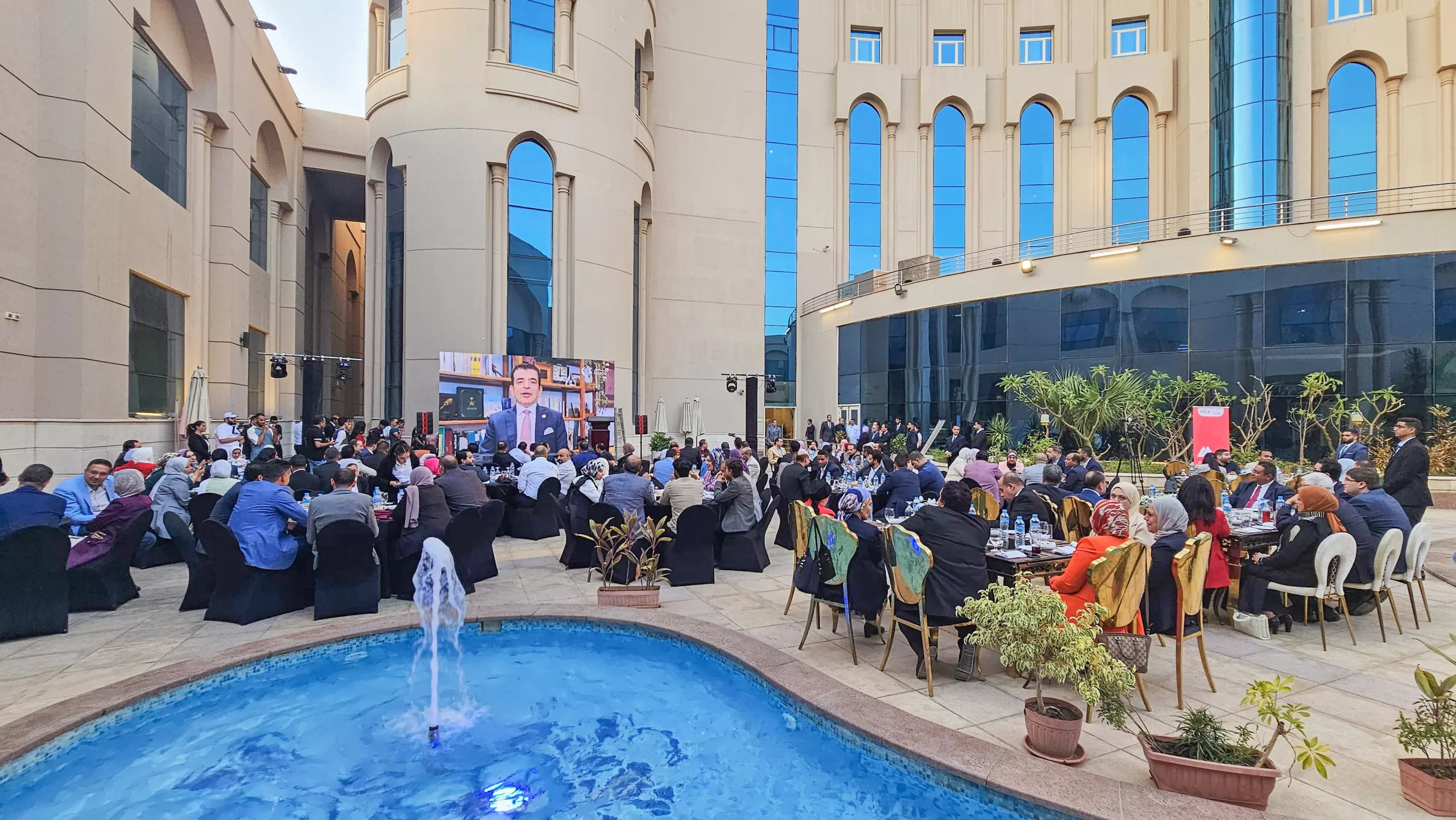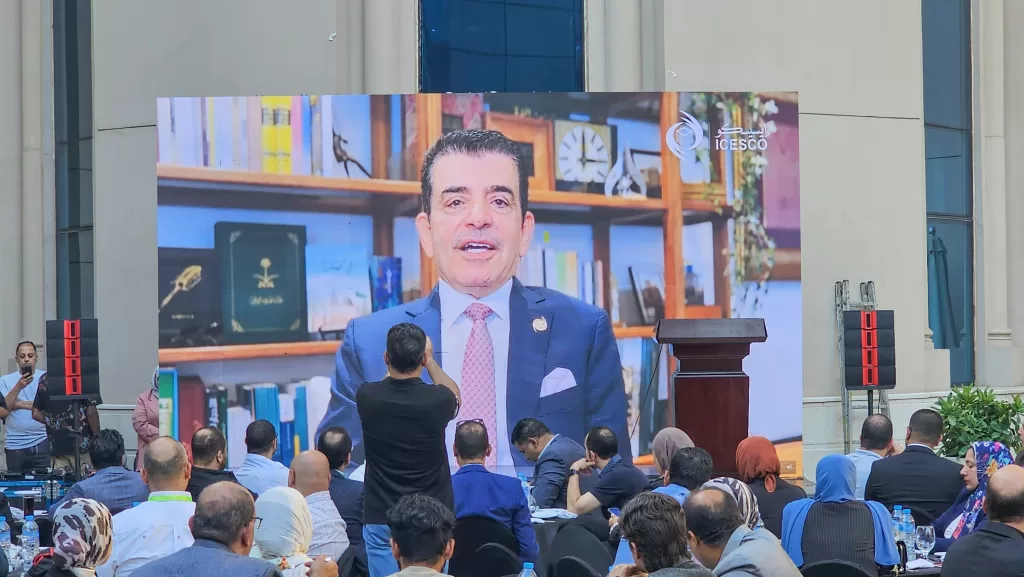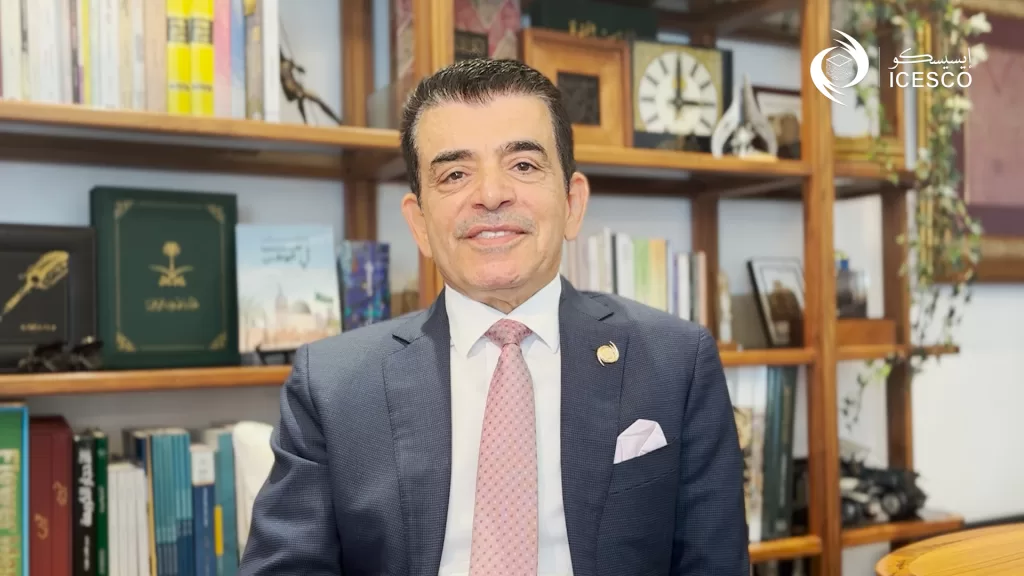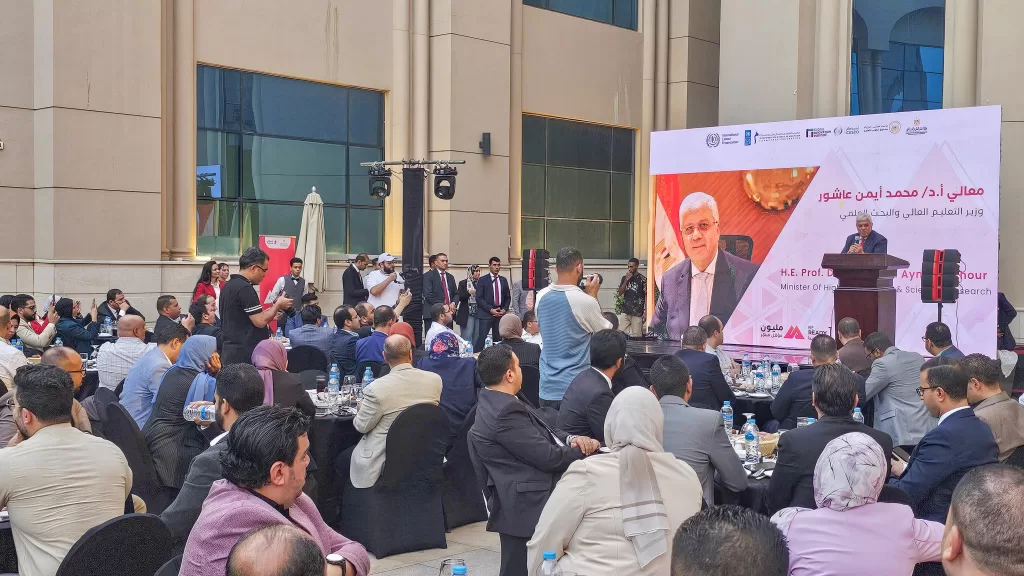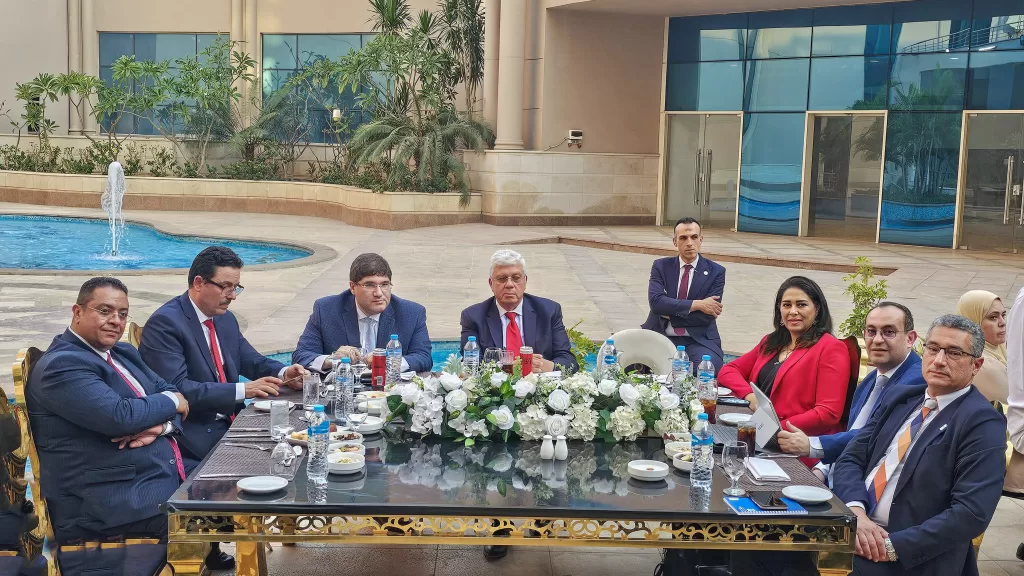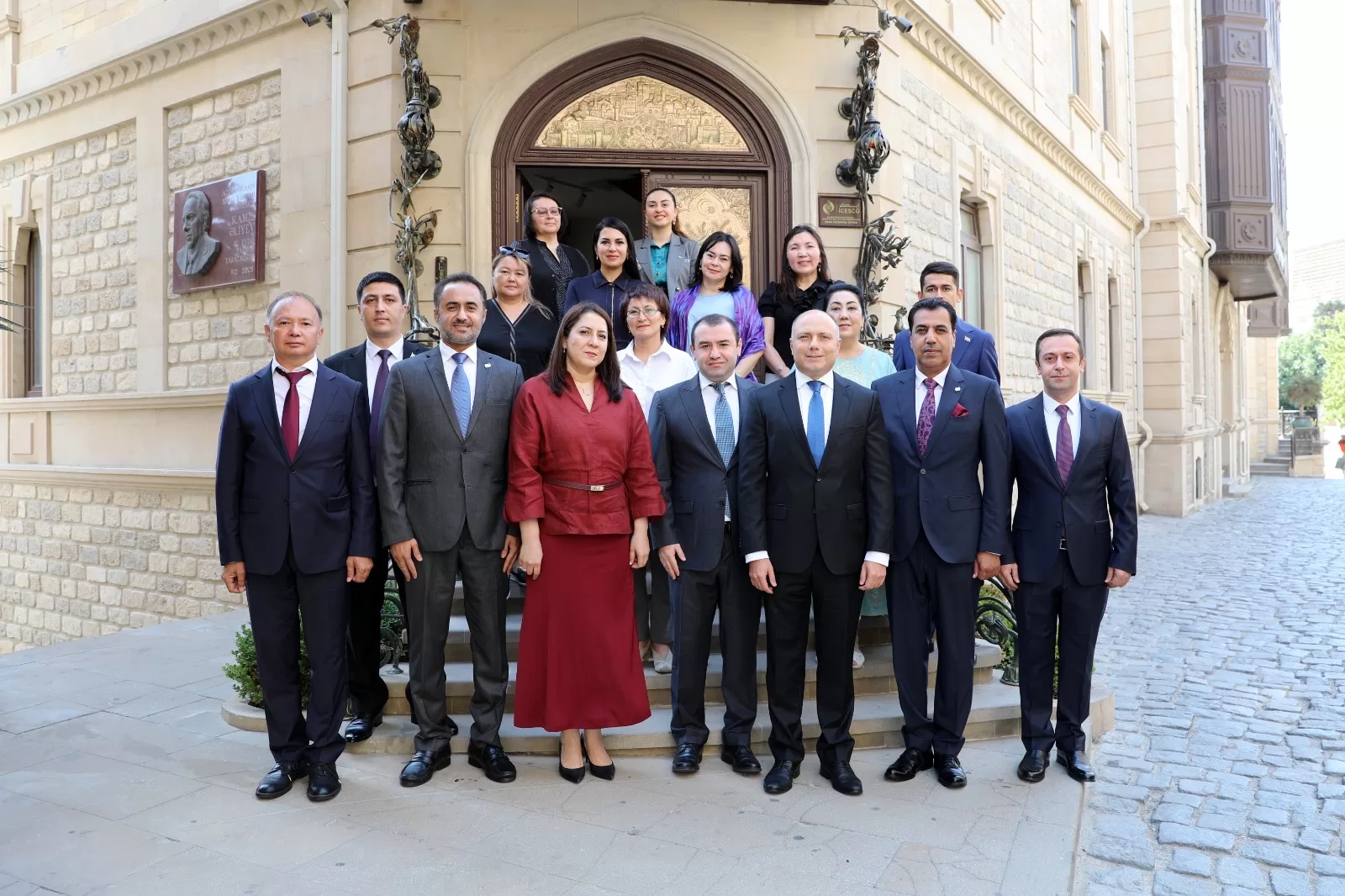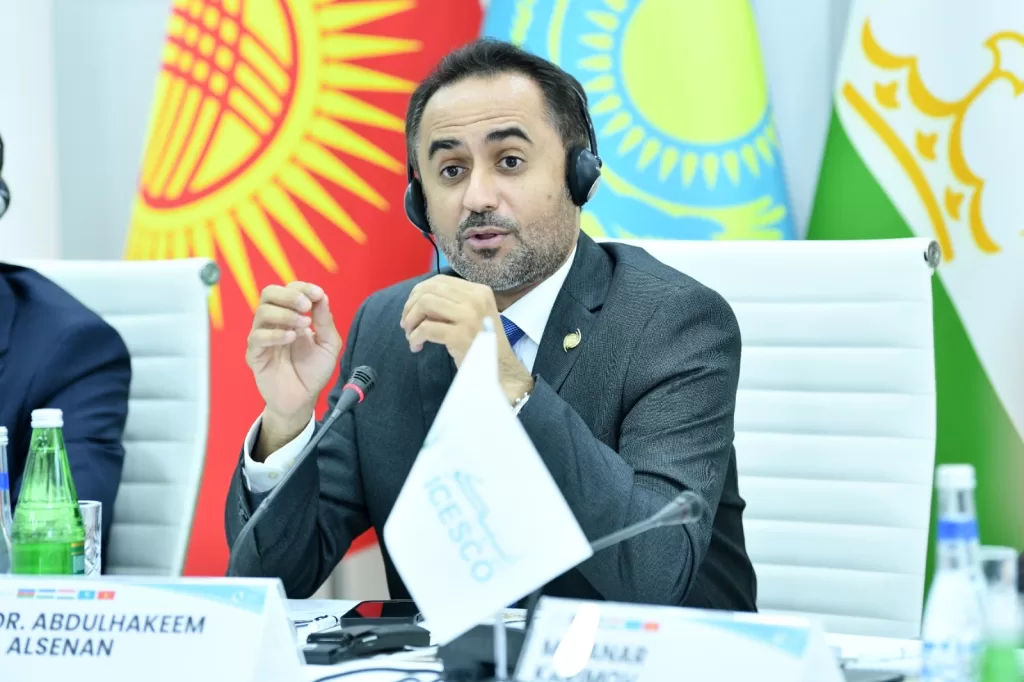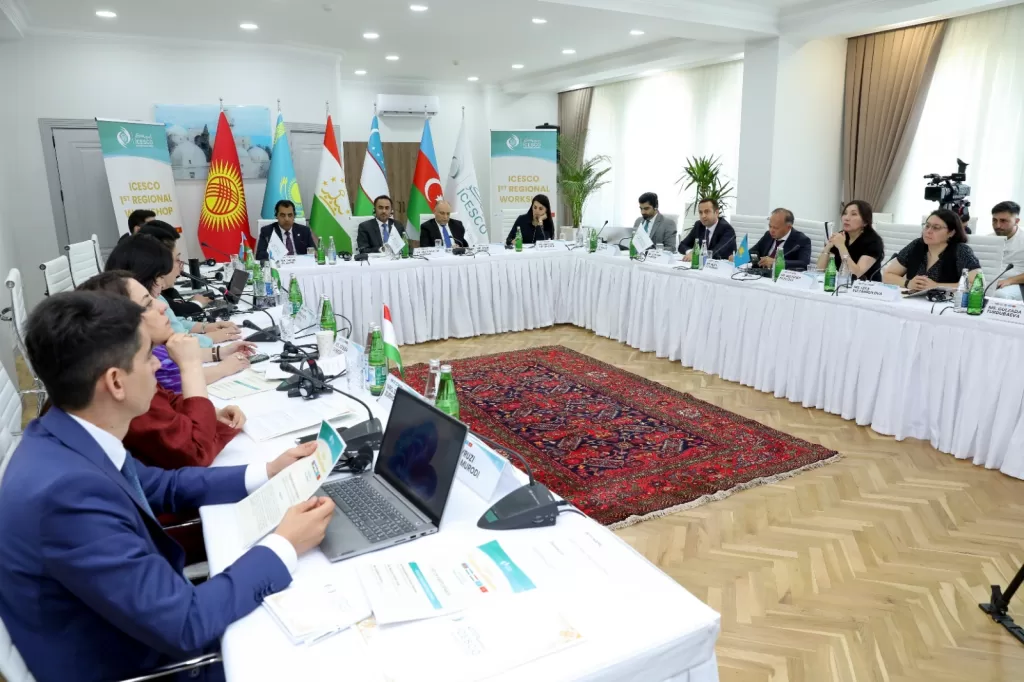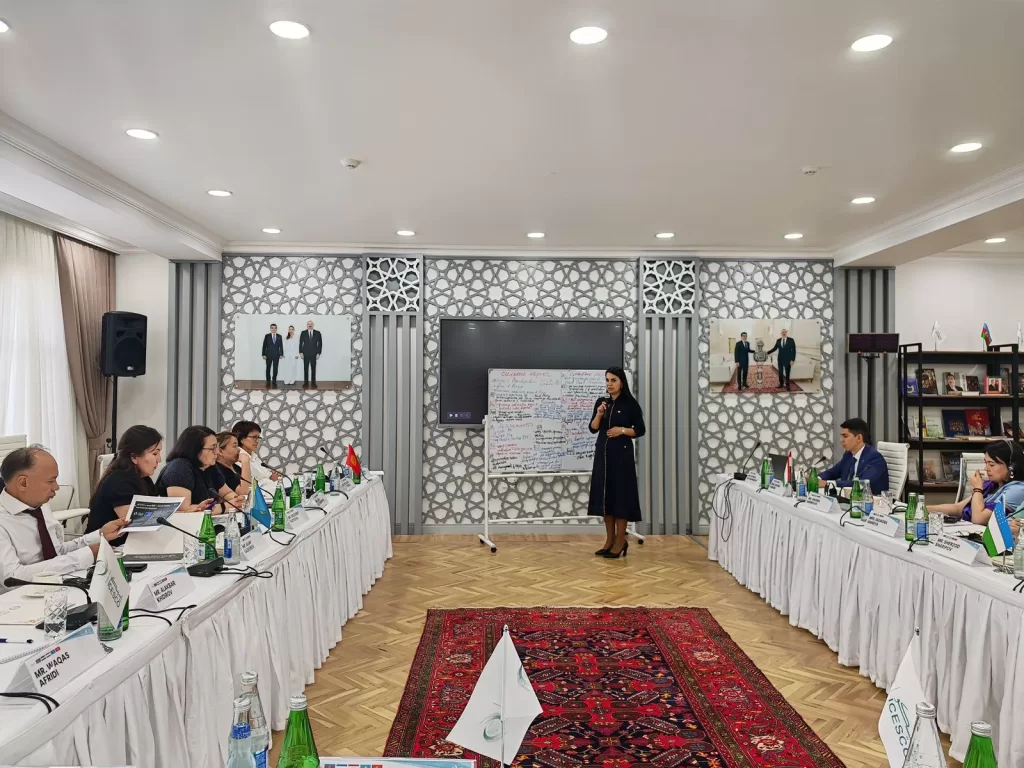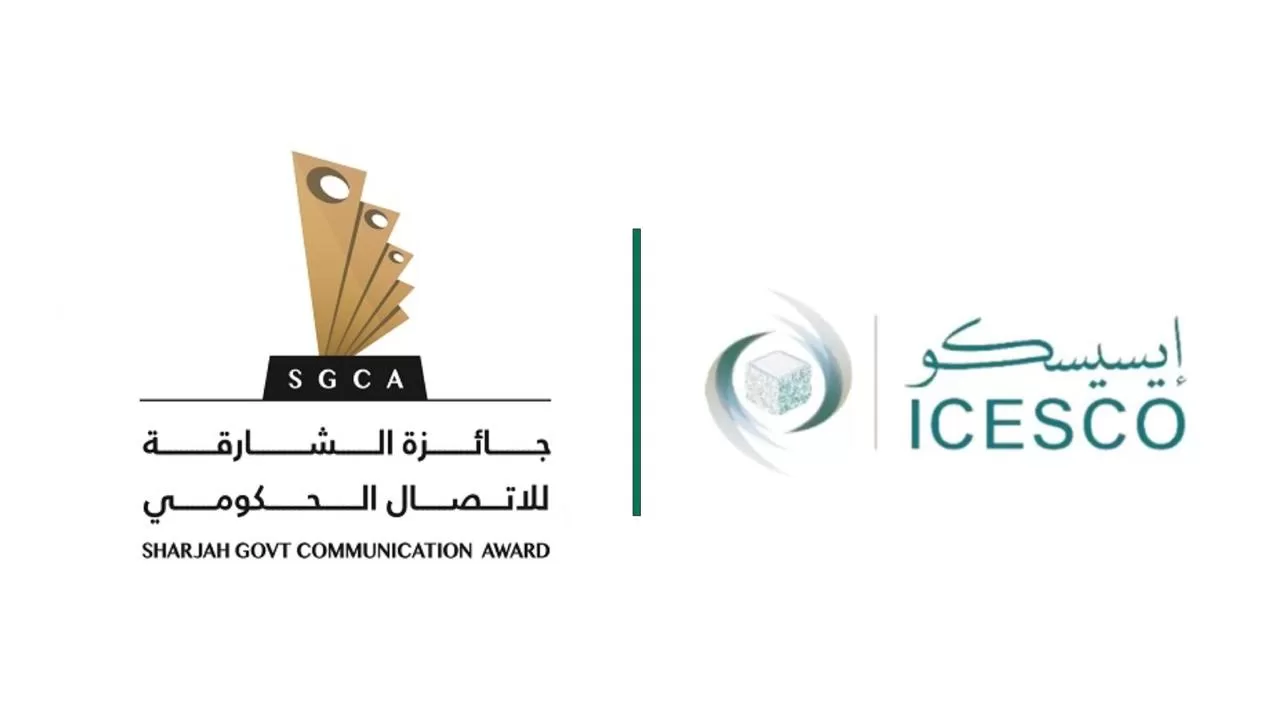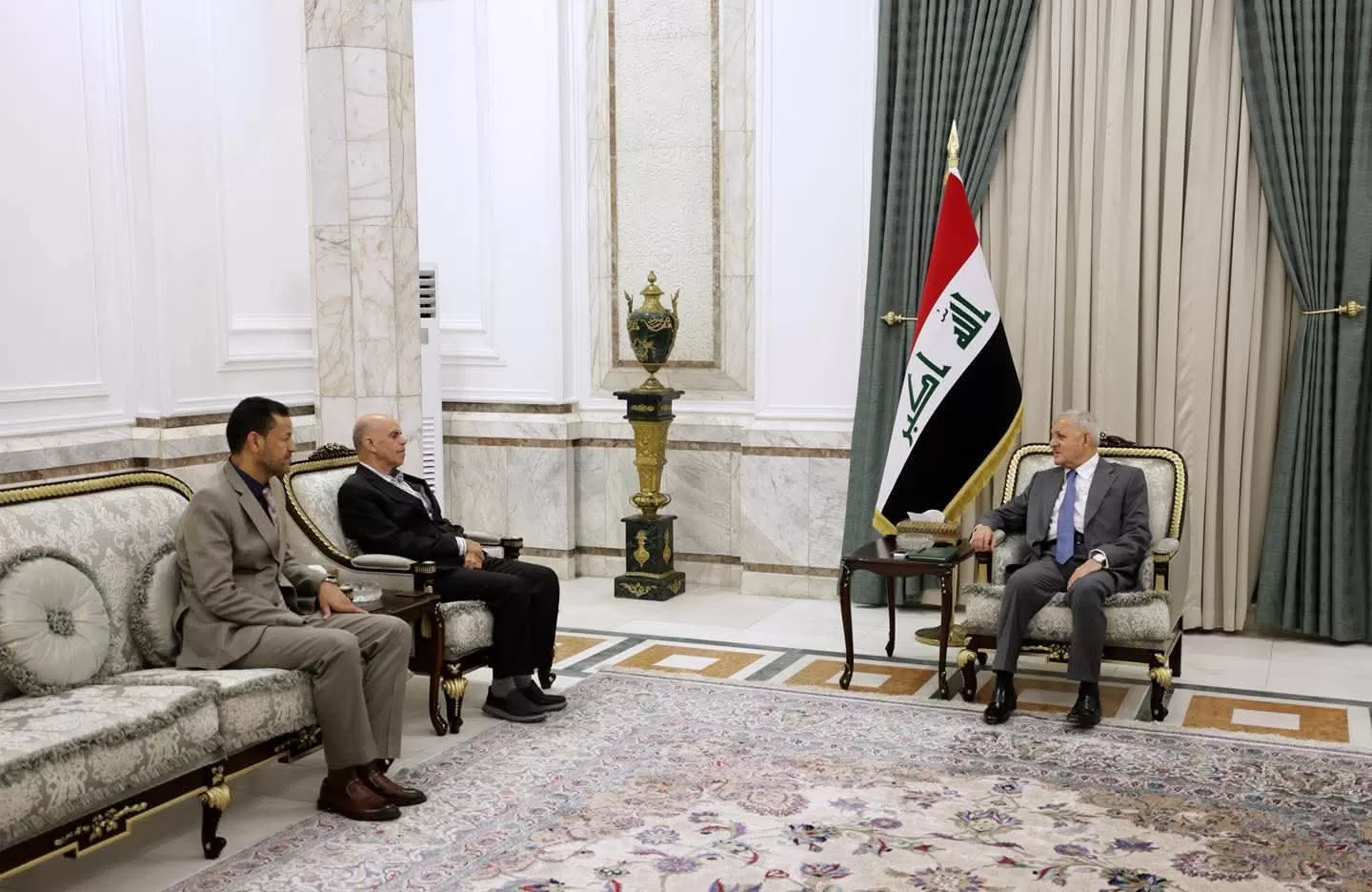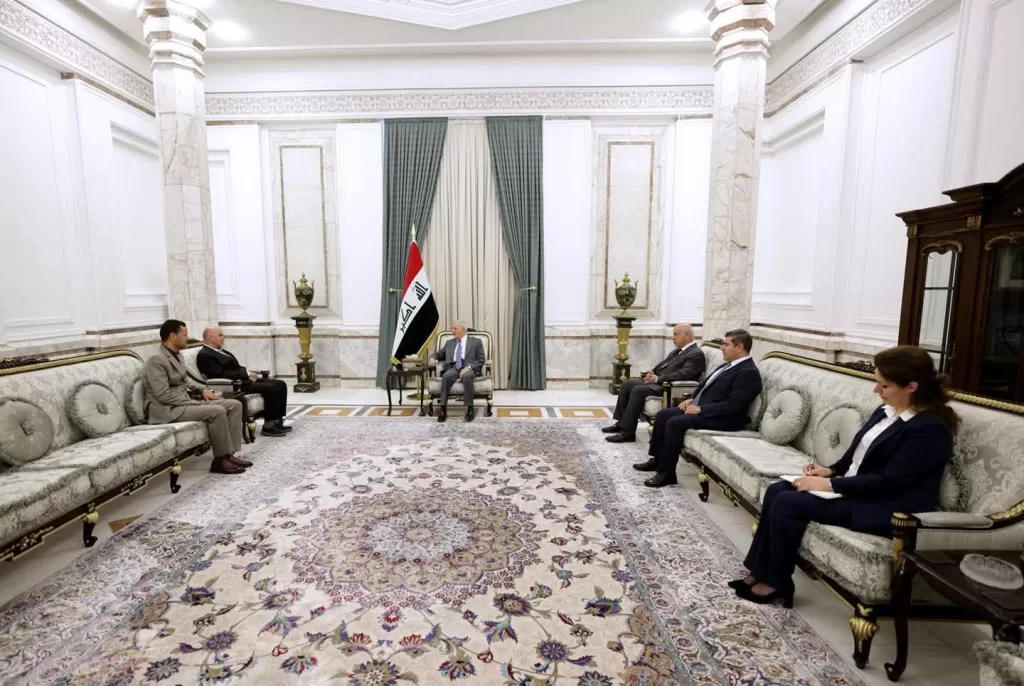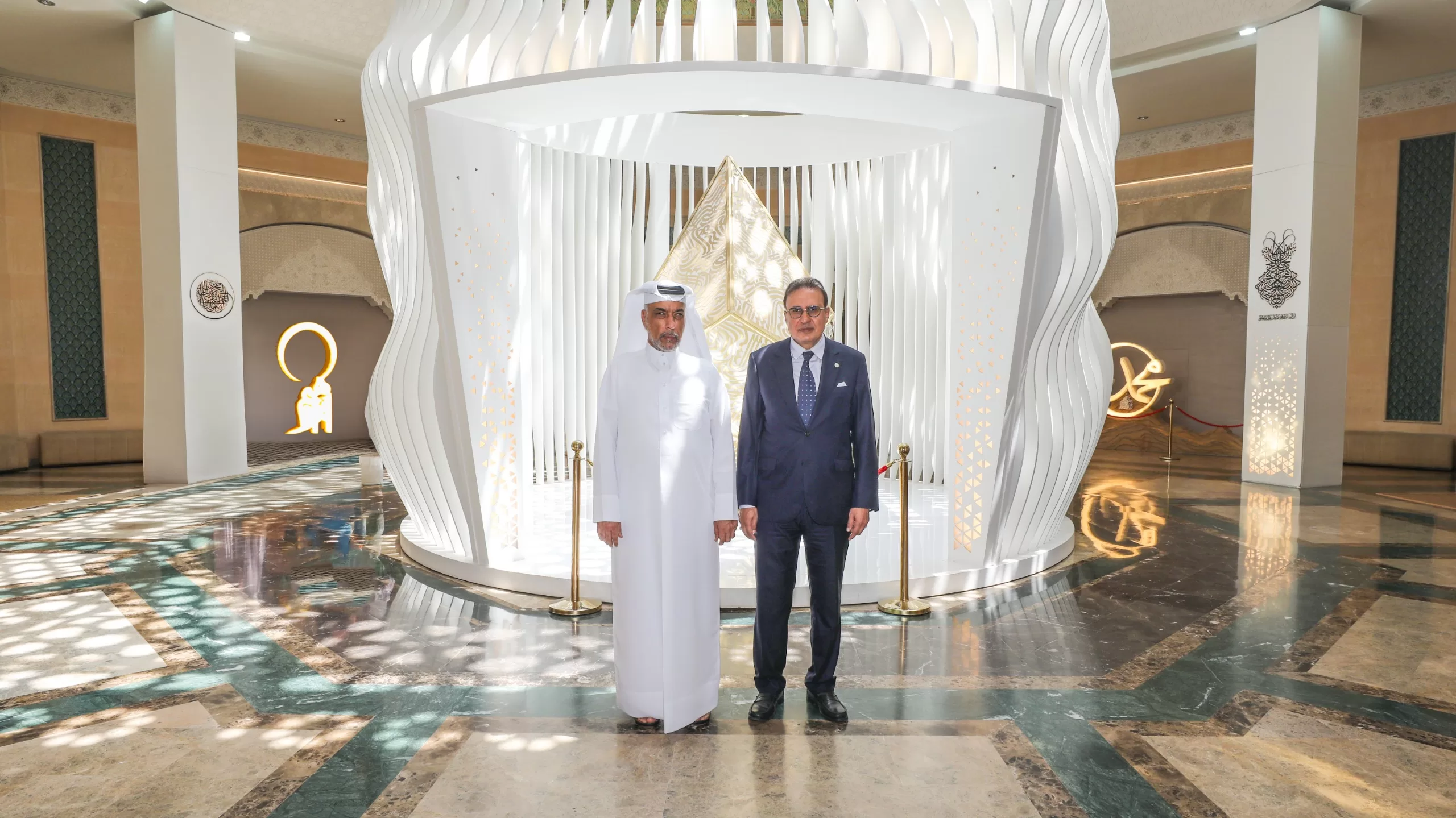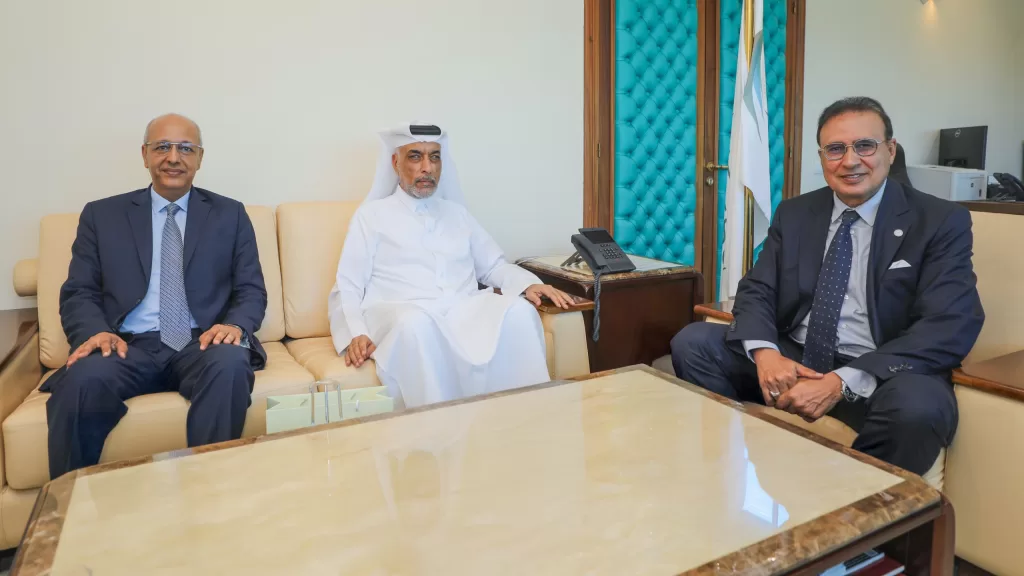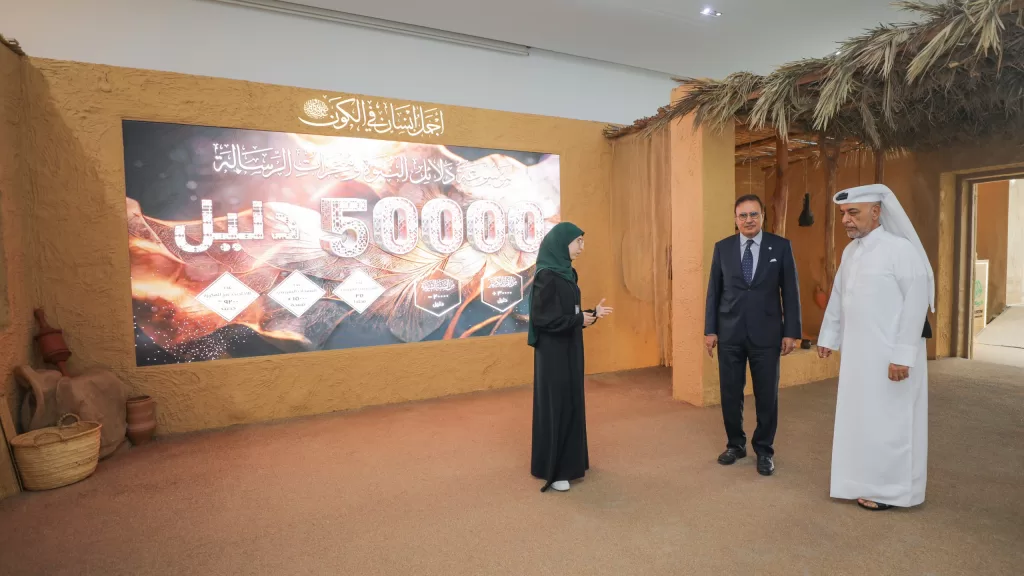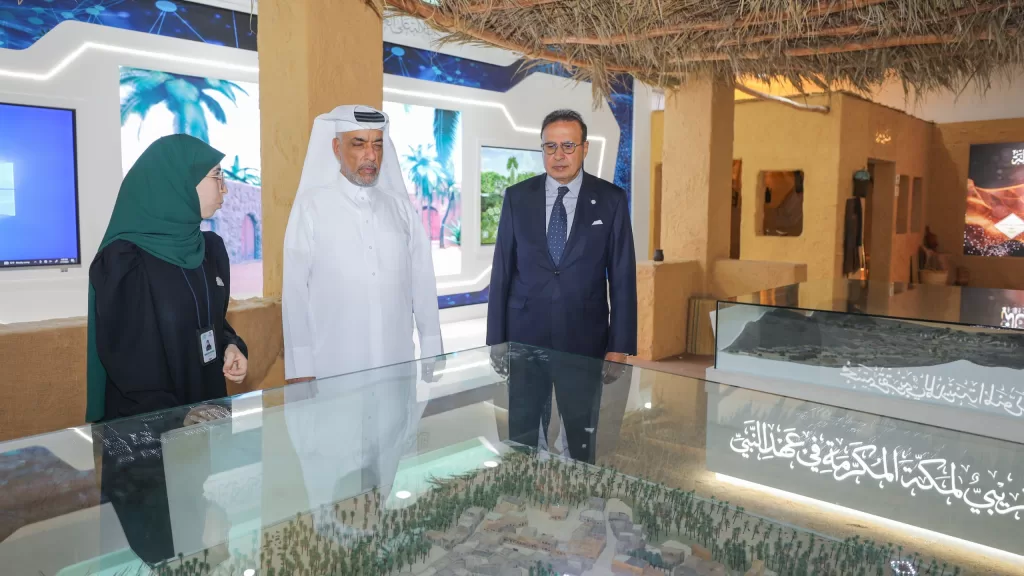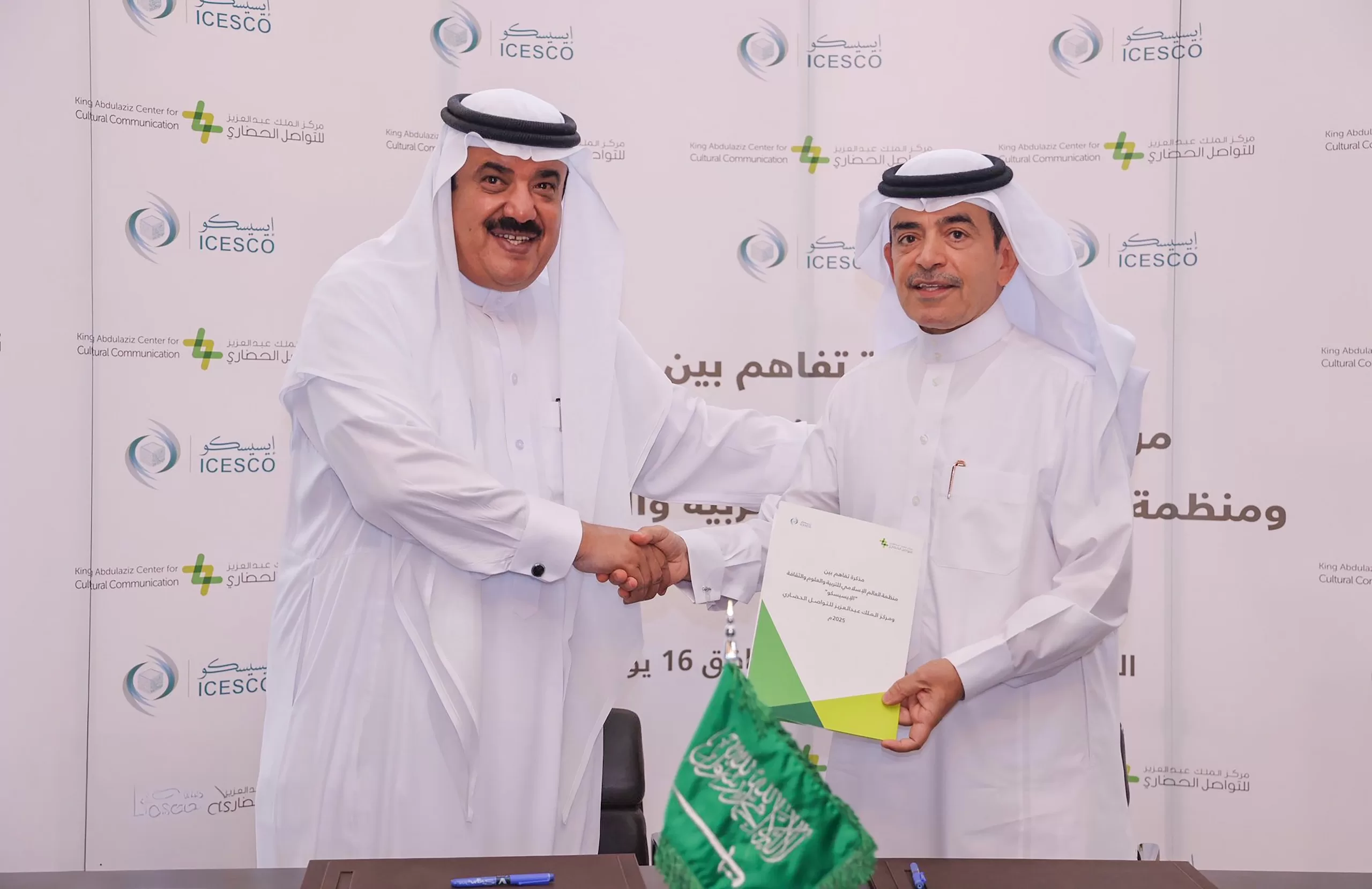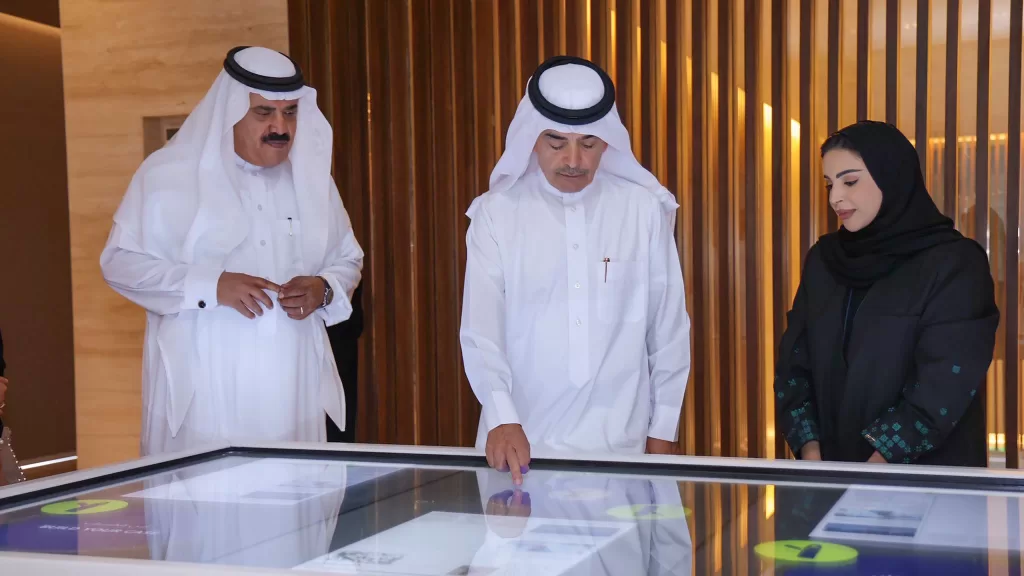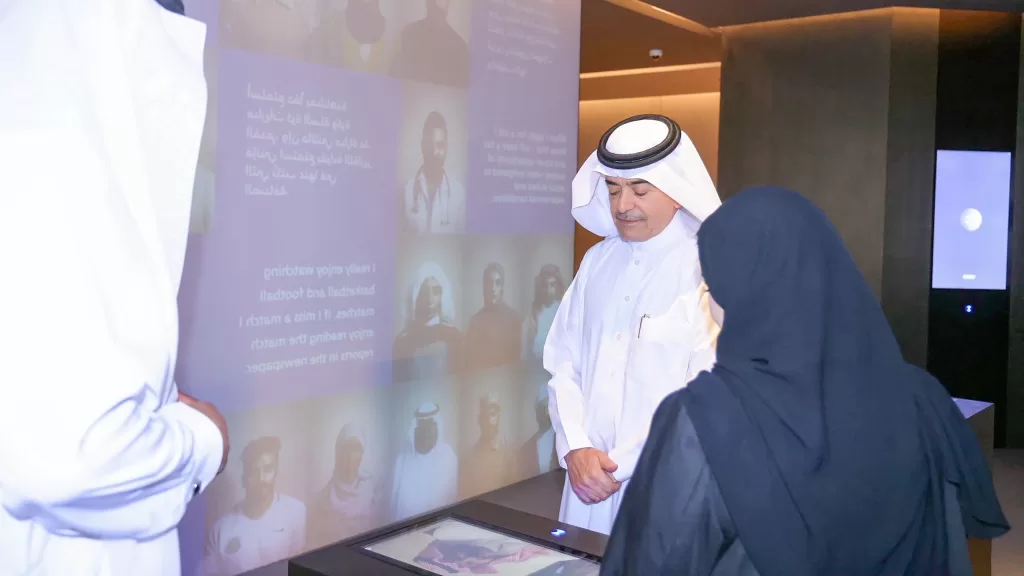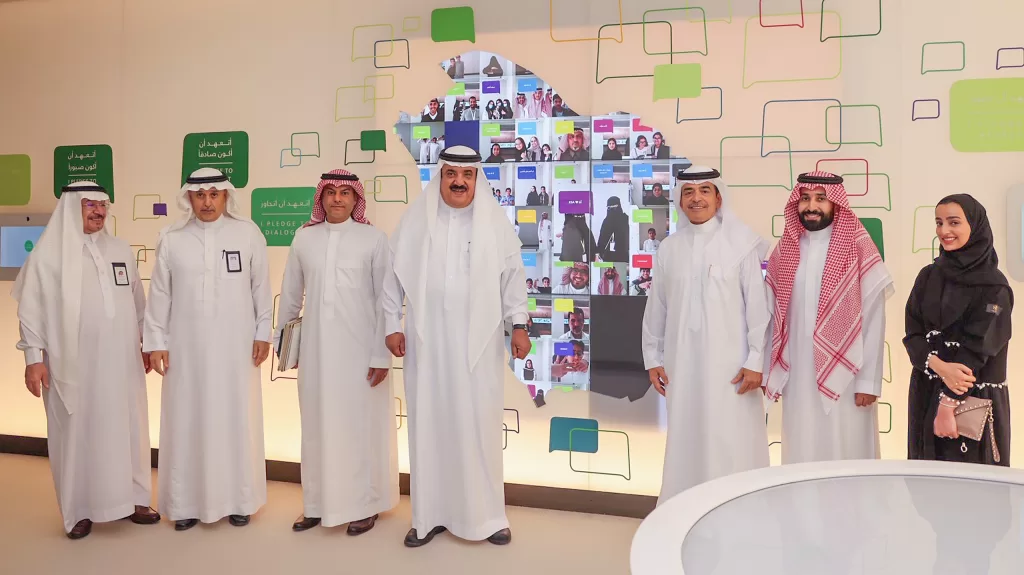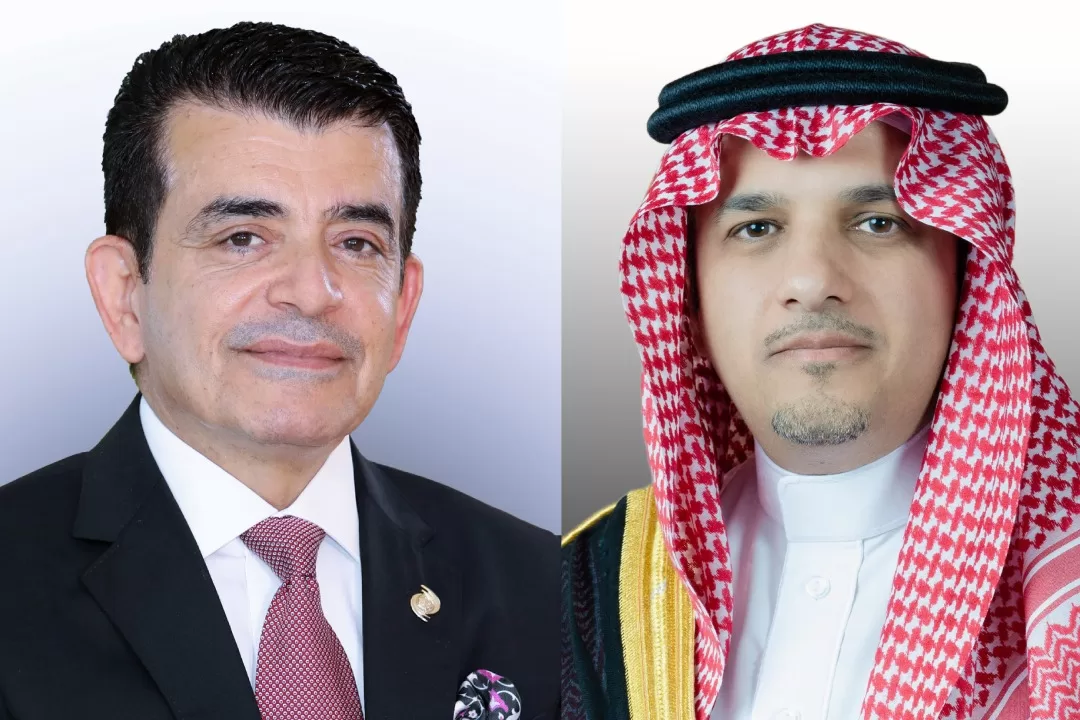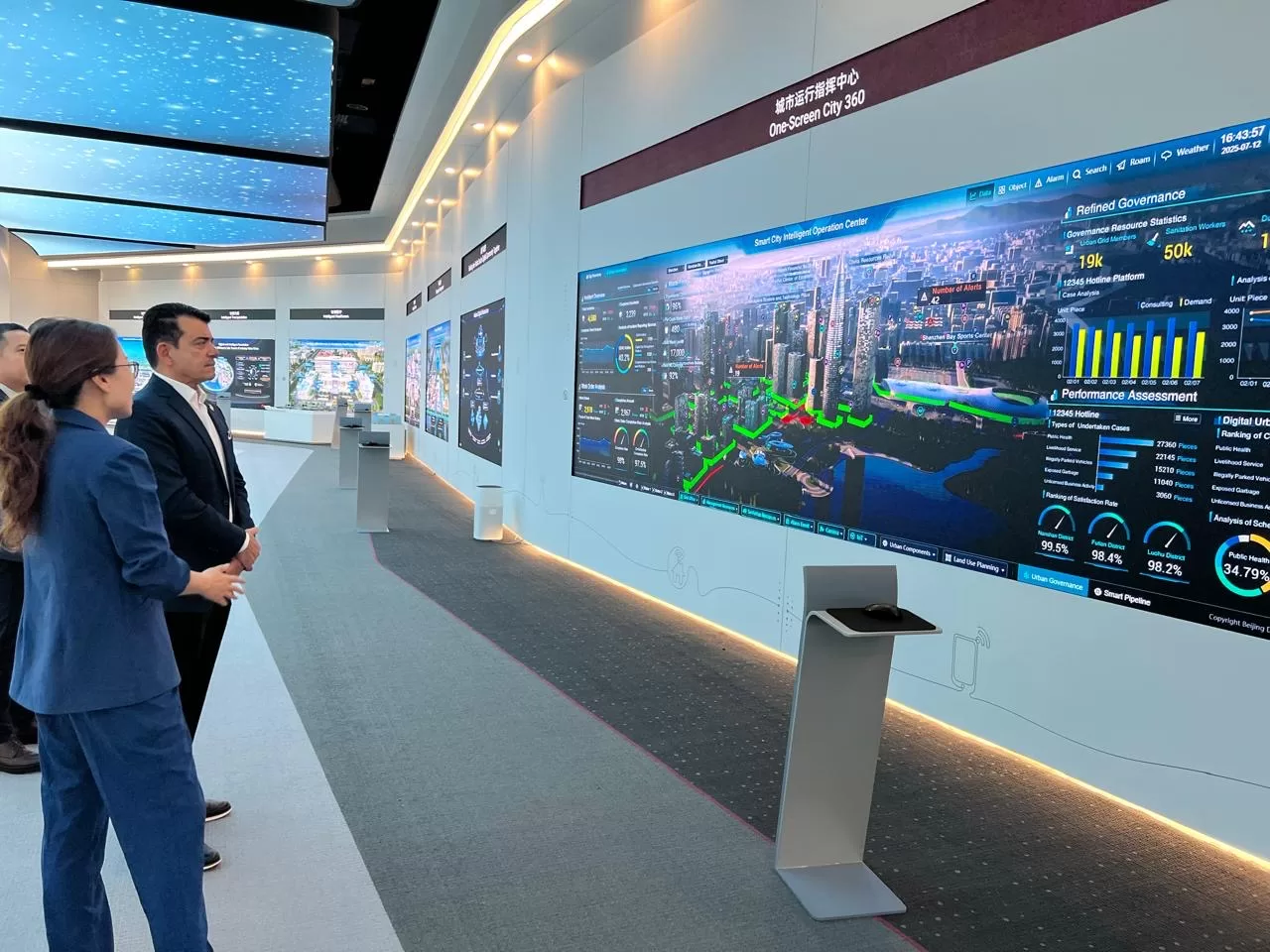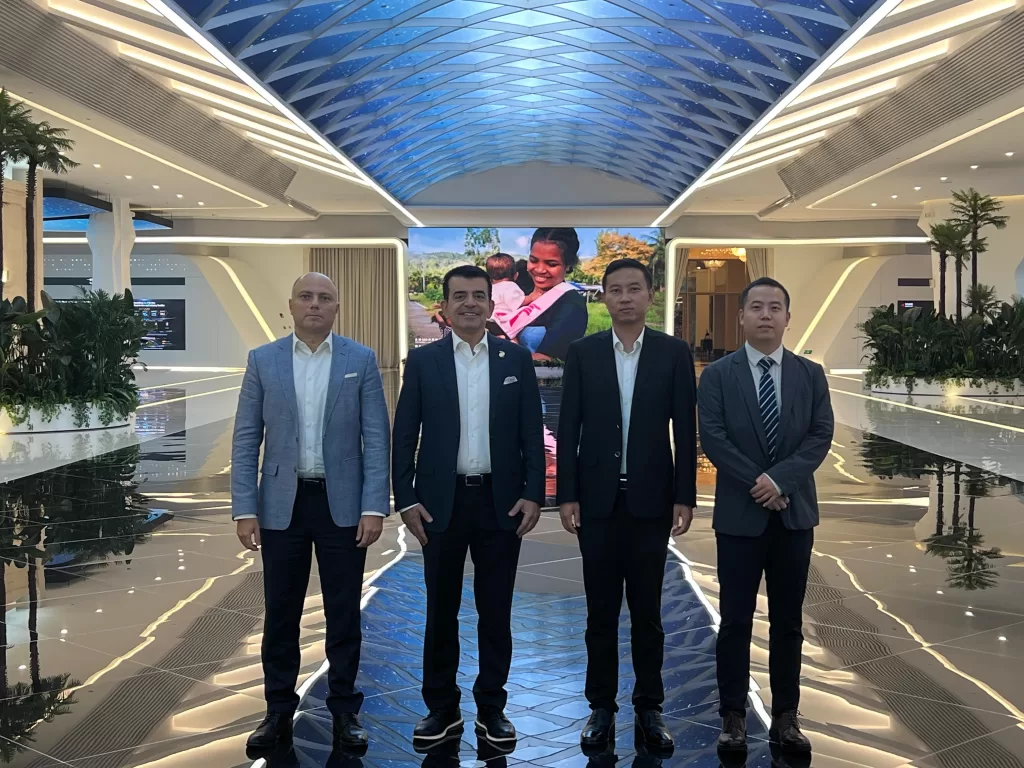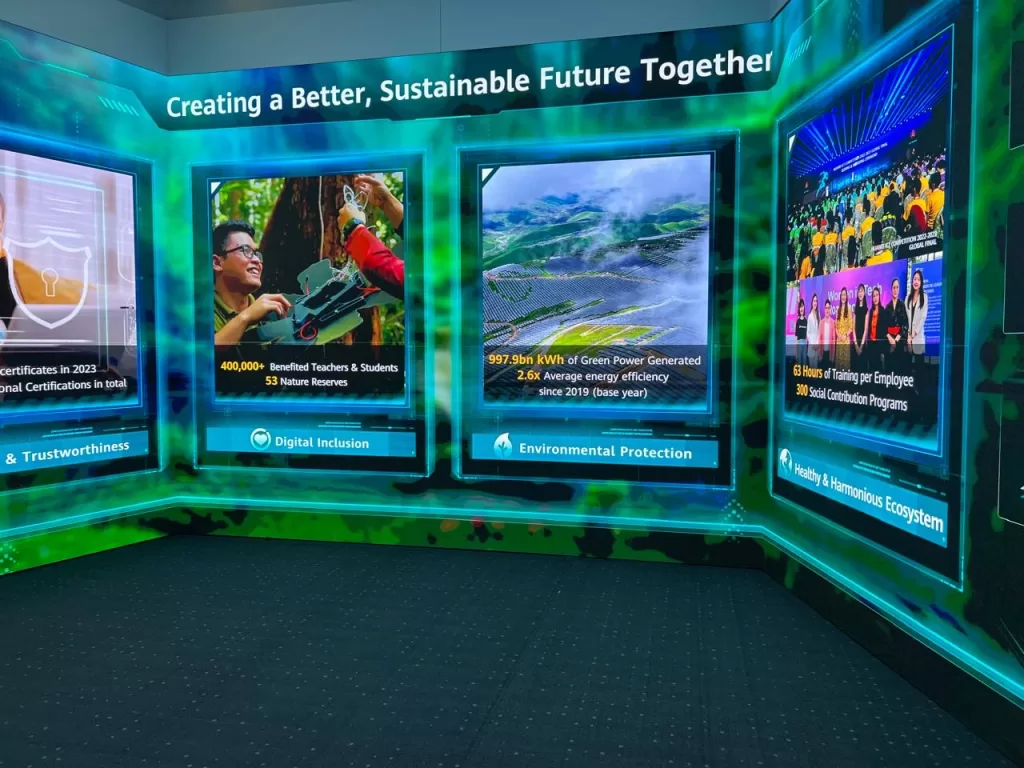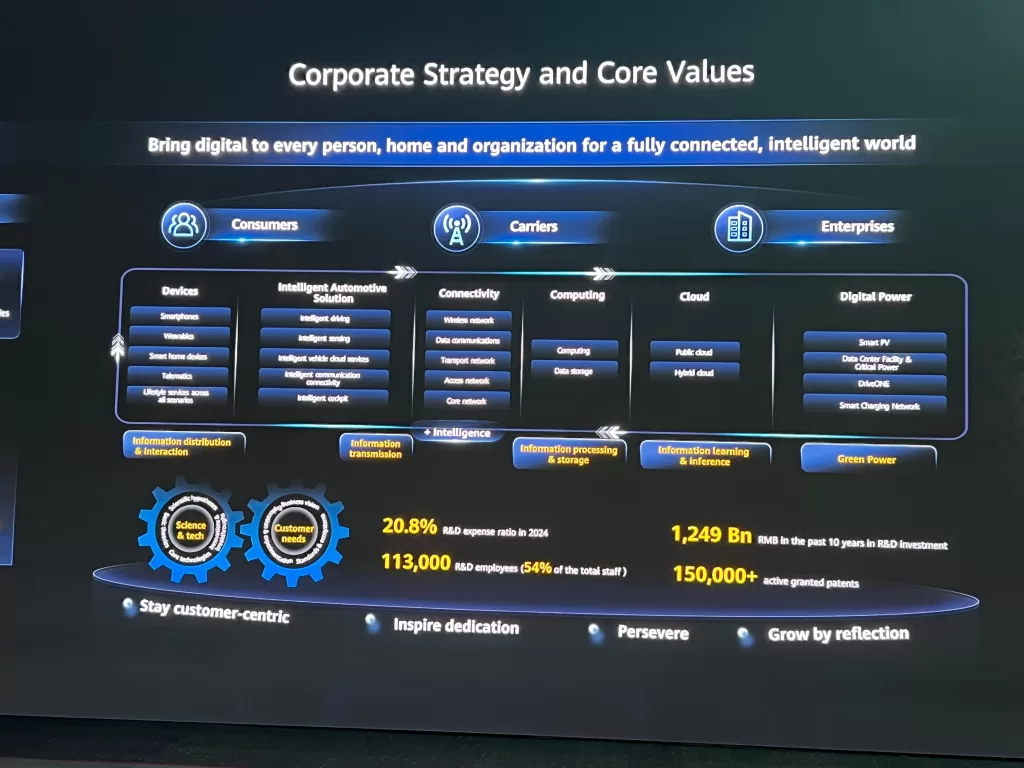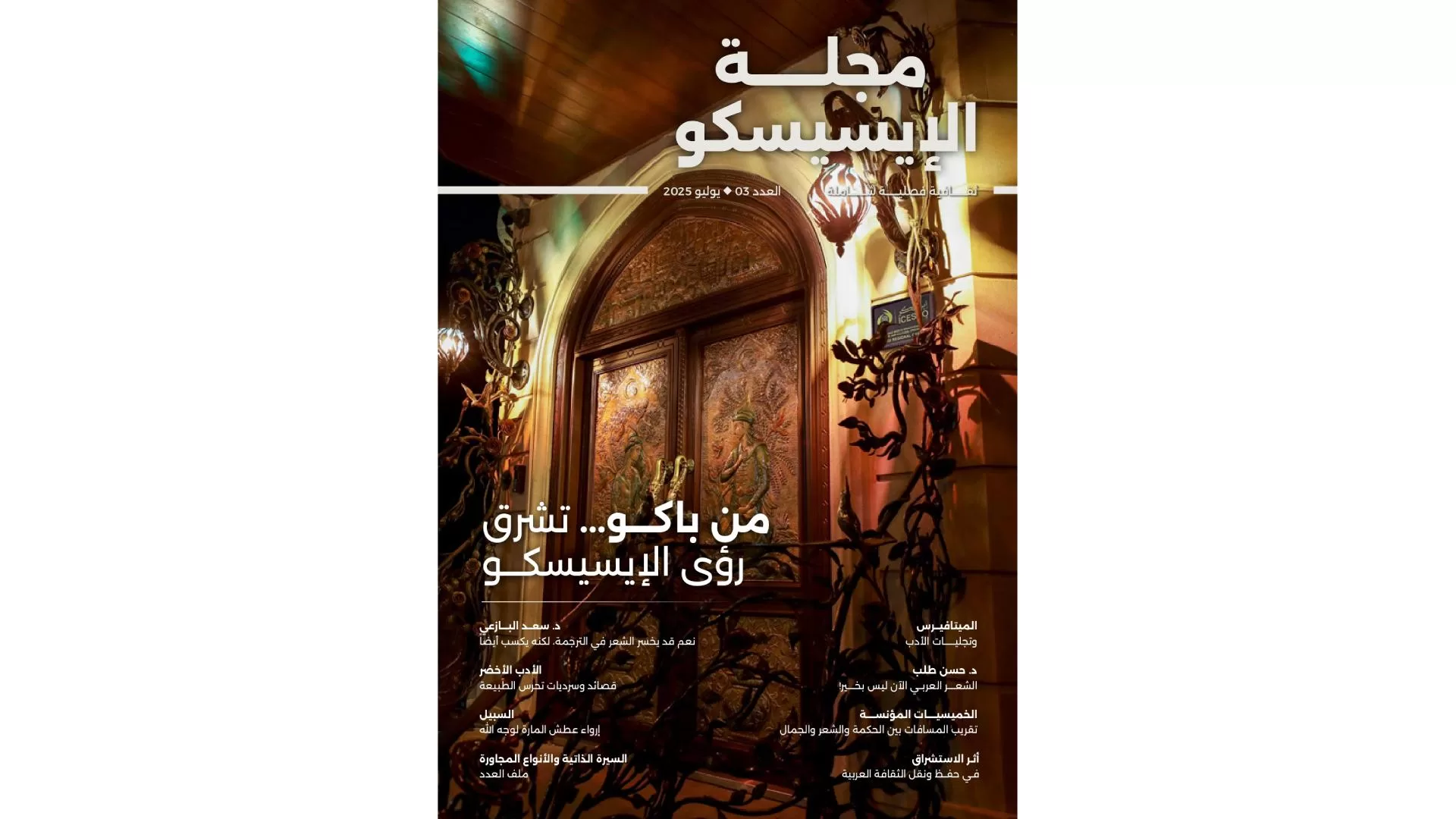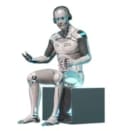The Islamic World Educational, Scientific and Cultural Organization (ICESCO) participated in the fourth “Youth Knowledge Forum,” organized in Cairo on 20 and 21 July 2025 by the Mohammed bin Rashid Al Maktoum Knowledge Foundation (MBRF) and the United Nations Development Programme (UNDP), in cooperation with the Egyptian Ministry of Youth and Sports.
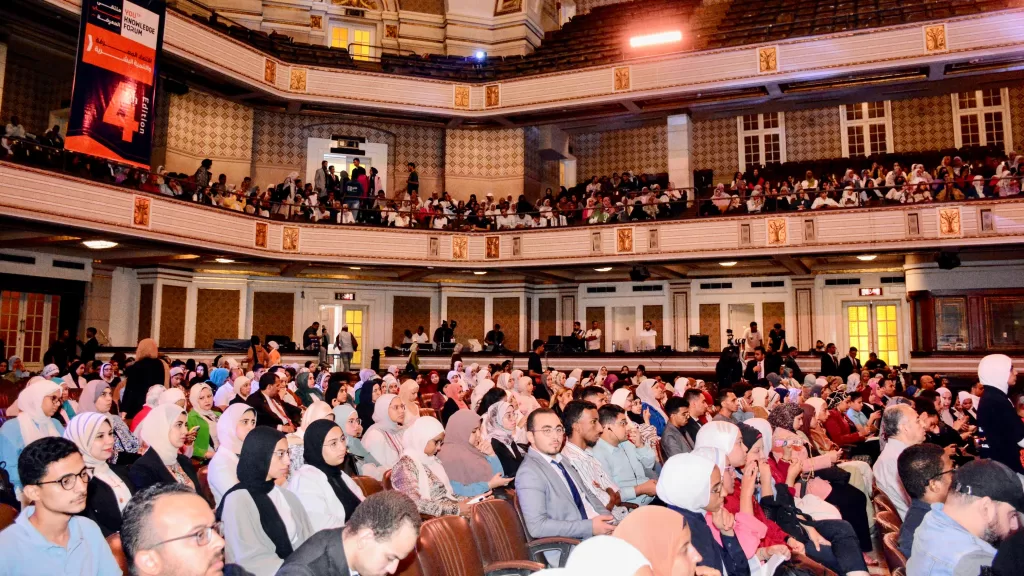
In a key working session titled “Complementarity between governments and international institutions in supporting the knowledge economy,” Dr. Sally Mabrouk, Director of the Office of ICESCO Director-General and Supervisor of the Strategy and Institutional Excellence Sector, reviewed the main programs and initiatives of the Organization aimed at supporting young people in its Member States, particularly in the areas of knowledge, digital transformation, and entrepreneurship. Dr. Mabrouk also reviewed the main thrusts of the “Youth Knowledge Forum in the Islamic World,” which was recently organized by ICESCO in partnership with MBRF at ICESCO headquarters in Rabat. The Forum saw a large youth interaction and intensive intellectual activity.
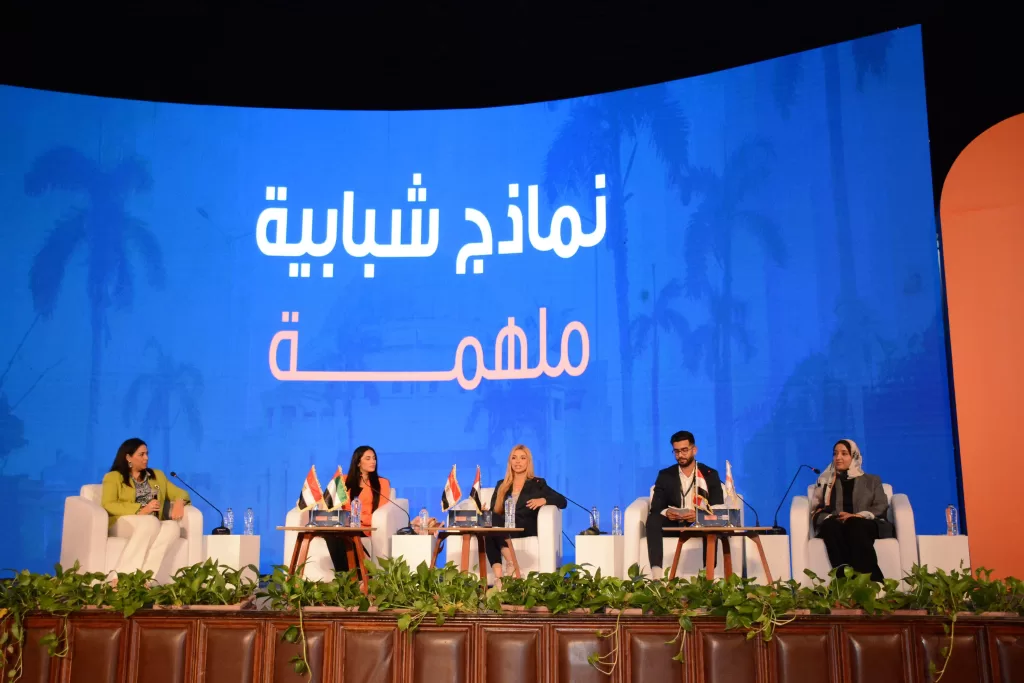
The ICESCO delegation also included Taqwa Al Ali, in charge of innovation; Fatma El Ghalia Hannani, strategic planning analyst; and Youssef Stelate, application developer in the Digital Transformation Department. The interventions of the delegation members focused on their role in the success of the third edition of the Forum, which was held in Morocco, reviewing their practical experiences and contributions in implementing innovative knowledge empowerment programs for young participants.

ICESCO’s participation in this major regional event reflects its strategic commitment to empowering youth and promoting the knowledge economy in Member States, as part of its vision to create interactive platforms for the younger generation to participate in decision-making and the achievement of sustainable development. It is also part of the Organization’s efforts to strengthen partnerships with regional and international institutions concerned with youth and innovation issues.
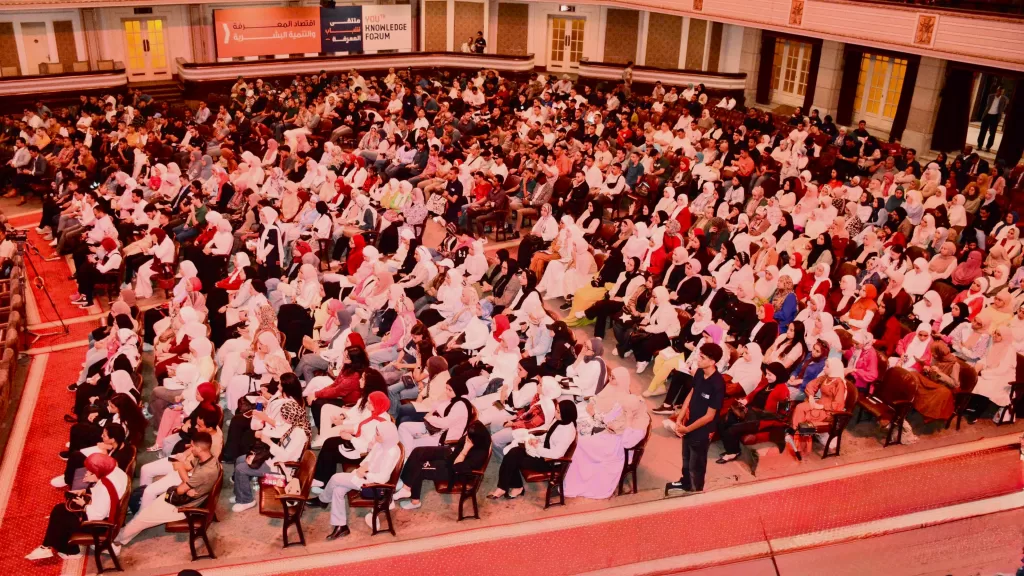
The opening session was attended by a number of prominent personalities, including Dr. Ashraf Sobhy, Egyptian Minister of Youth and Sports; Dr. Jamal bin Huwaireb, MBRF’s Executive Director; Dr. Khaled Abdel-Ghaffar, Deputy Prime Minister and Minister of Health and Population; Dr. Ahmed Fouad Henno, Minister of Culture; Chancellor Mahmoud Fawzi, Minister of Parliamentary and Legal Affairs; Dr. Mohamed Sami Abdel Sadiq, President of Cairo University; and Engineer Hani Turki, Director of the UNDP Knowledge Project, in addition to other ministers and senior officials.
